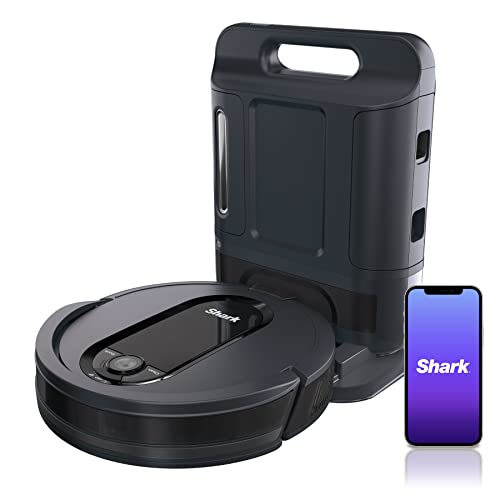Guide To Bagless Programmed Cleaners: The Intermediate Guide For Bagless Programmed Cleaners
bagless Programmed cleaners – Animeportal.cl –
Bagless cleaners with programming are designed to trap dust and other particles into a clean, clear space that is easily empty. There are however some problems with these machines that users should be aware of.
One problem is that self emptying robot vacuum bagless the chamber may release allergens into the air. This can be a major problem if you have allergy problems.
Cost
Vacuum cleaner bags cost about five dollars each and must be replaced often. This can be expensive particularly if you live in a big home. Bagless cleaners, on other hand, do not require bags and can collect dirt and debris in a tank that is built into the machine, which means you don’t need to shell out as much on parts replacement. It is still necessary to clean or replace the filter on a regular basis to ensure that it is working properly.
Convenience
Bagless programmed cleaners offer users a more overall clean. They eliminate the frustration of trying to fit a stubborn bag back together after you empty it. Additionally, they save time by allowing you to speed through vacuuming chores. You’ll not waste money on bags that you’ll have to throw away when they’re just half full.
Bagless cleaners are eco-friendly and have a longer lifespan than other cleaners. This is due to the fact that they don’t require more than 100 bags over their lifespan, which could cause harm to the environment. These cleaners also have dustbins that are regularly cleaned, which will prevent dust and other allergens from entering your home.
When it comes to choosing which bagless cleaner to choose, look for one that has a HEPA filter. This filter is a highly efficient shield that permits only large particles to pass through and also keeps fine dust in the air. These filters are recommended especially for people with asthma and allergies.
The cyclonic technology utilized in bagless cleaners is extremely effective for cleaning the air in your home. The cyclones remove the fine and large dust from the air. This stops dust from circulating around your home and helps keep it at an appropriate level. Cleaners that are bagless that utilize cyclonic technology require less maintenance since they do not need to be replaced more frequently than those with traditional bags. They must be cleaned regularly. (See the manual for an agenda).
Environmental impact
Bagless vacuum cleaners are an ideal tool to keep your home clean. Their advanced filtering systems can remove dust and allergens, increasing indoor air quality and complying with OSHA regulations. They also decrease the need for plastic bags, reducing maintenance costs and environmental impact. There are several types of vacuum cleaners, each having their own pros and cons. All of them have HEPA filters, which eliminate microscopic particles. This is a great feature for allergy sufferers and people who are sensitive to pollution.
A recent trend has been to increase the power rating of vacuum cleaners, which increases their energy consumption and environmental impact. The implementation of the Eco-Design and Waste Electrical and Electronic Equipment (WEEE) directives and the reduction of carbon emissions in the electricity mix in Europe, can have a significant impact on the environmental performance of these devices. This paper analyzes the environmental impact of these devices over their entire life-cycle, taking both indirect and direct impacts into account.
The primary source of energy for vacuum cleaners is the stage of use, in which they consume a large amount of electricity. This is mainly due to their extensive usage of energy over their life and the dominance of fossil fuels in the European electricity mix, especially coal that dominates the ADPfossil AP, GWP, EP, MAETP, TETP, and HPDE categories. The raw materials and the end of life stages also have an impact however, they are not as significant as the use stage.
 The results indicate that combining the ecodesign regulation with the decarbonisation of electricity would result in a significant reduction of the overall impact of vacuum cleaners. This will occur by 2020. The WEEE directive alone is anticipated to have a minimal impact, but it is largely offset by an increase in the number of vacuum cleaners. This is due to the fact that the improvement of efficiency of these appliances is dependent on other policies that reduce emissions such as those relating to nuclear and renewable energy.
The results indicate that combining the ecodesign regulation with the decarbonisation of electricity would result in a significant reduction of the overall impact of vacuum cleaners. This will occur by 2020. The WEEE directive alone is anticipated to have a minimal impact, but it is largely offset by an increase in the number of vacuum cleaners. This is due to the fact that the improvement of efficiency of these appliances is dependent on other policies that reduce emissions such as those relating to nuclear and renewable energy.

Responses